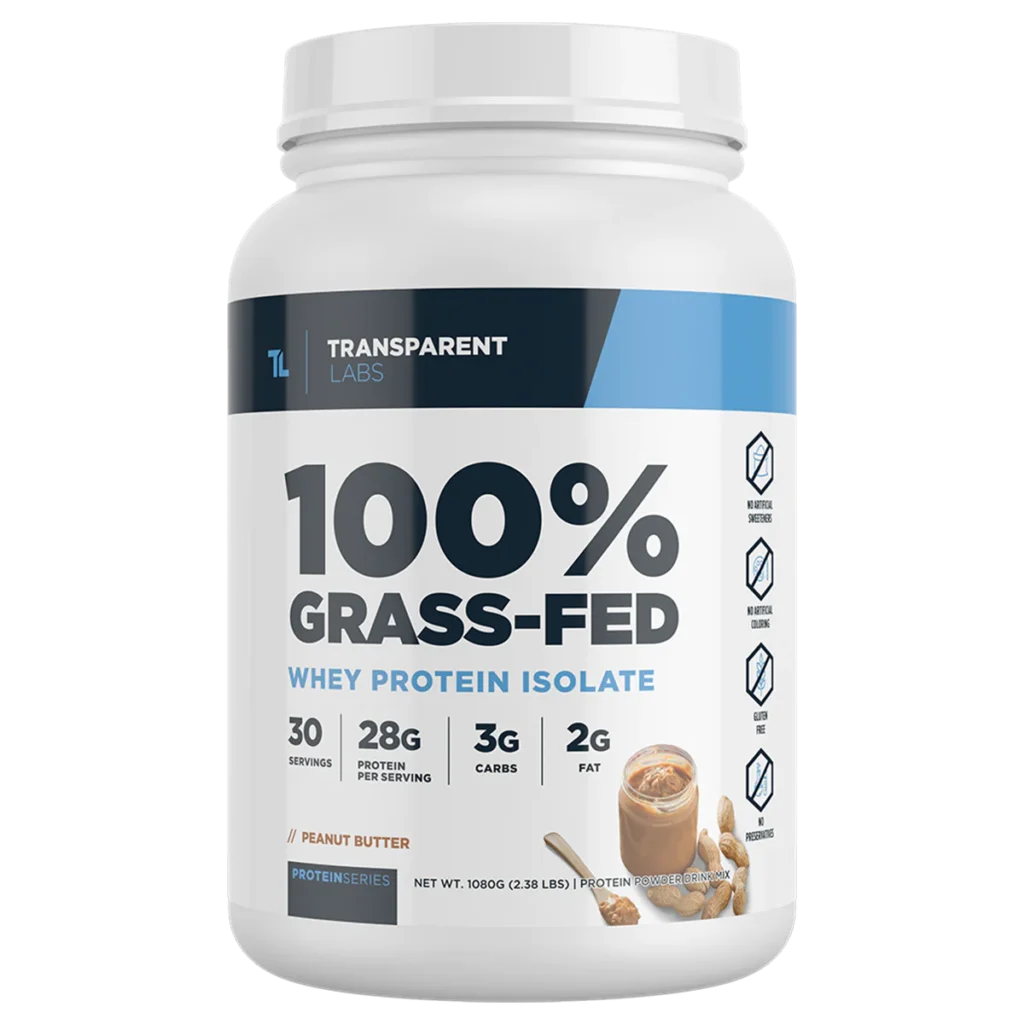Volume Eating
How to eat more food - and lose weight
What is volume eating? Simply put, it solves a problem almost every dieter faces at some point: battling hunger.
If you want to look great and feel energized and healthy without your stomach wanting to eat itself, volume eating is for you.
The biggest reason diets fail is they just aren’t sustainable. Nobody can nibble on carrots by day, dream of cheeseburgers by night, and keep this up month over month. If you could only eat more food that feels satisfying, but end up with less calories, that would be a win. And that’s what volume eating is all about.
Have you ever thought to yourself, “I barely eat anything – but I’m still not losing weight?” You may be eating low volume, high calorie foods. Swapping even just a few with high volume low calorie makes a massive impact.
In other words, a tiny candy bar (low volume high calorie) can have just as many calories as a full meal.
Are You a Neanderthal?
The first humans never cared about portion control. If we found food or managed to kill some prey, we ate until we were full. We were never wired to stop eating before this feeling.
This was an advantage to our pre historic ancestors because it ensured we got the nutrients and energy we needed to survive. But modern times are different.

You’re probably sitting within a few feet, or a few minutes, of enough calories to make a Neanderthal’s eyes pop out of their heads. Here in the modern world, our biological wiring for survival is at odds with the abundance of high calorie foods that surround us today.
High volume eating is a strategy to combat this mismatch. By eating a lot of low calorie foods, we satisfy our brains’ desire for fullness without eating too many calories.
Volume Eating for Weight Loss
Volume eating is centered around big quantities of highly nutritious foods that are lower in calories. And for building lean muscle and losing weight, protein should be the star of the plate.
Building a sexier, more muscular looking body for most people isn’t about adding slabs of new muscle. Instead, it is about maintaining the muscle they have while shedding body fat from their frame.
If you could remove 10 lbs of fat from your body while keeping 100% of your muscle, then you could end up looking like you have twice as much muscle. Or that you are more defined and shapely overall. This is the magic of fat loss vs weight loss. Just losing fat makes us look more toned, muscular, and lean.
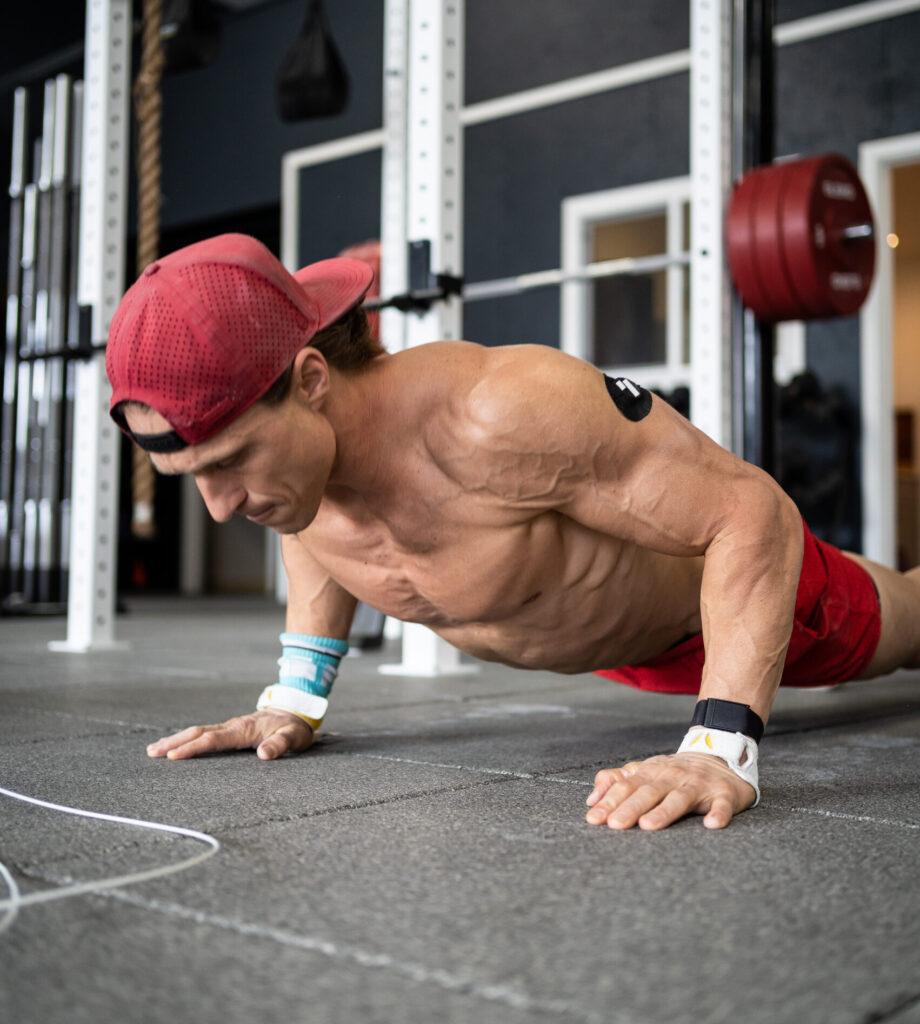
Protein helps us do this because that is the nutrient your muscles use to grow or keep their size. And protein is also filling, so you’ll feel less hungry, more energized, and have fewer cravings throughout the day.
Protein: The Key to Volume Eating
Pick a lean protein like egg whites and you can eat 2-3x the volume of them for the same calories as if you chose to each entirely whole eggs. Choose non-fat or low-fat greek yogurt and you can eat more protein and more volume of food for the same calories as you would find from whole-fat greek yogurt.
Keeping your protein high with fewer total calories means you keep and possibly build more muscle while you lose body fat.
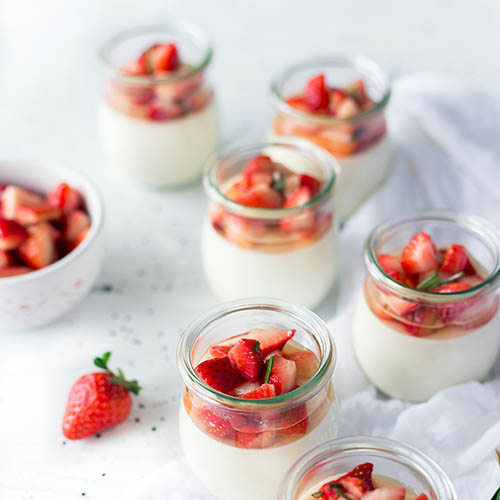
Lots of Protein, Little calories
There’s a reason protein powder is so popular among the fitness crowd. For only 130 calories, you can get 30g of protein. Try my favorite flavors from Transparent Labs and save 10% with code MARCUS
Go Ahead, Eat Cookies
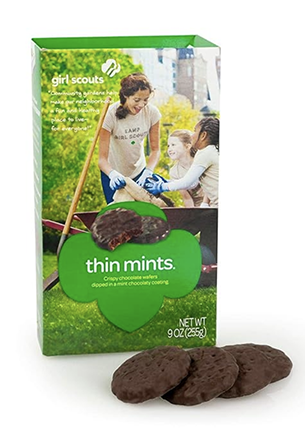
The problem with many diets is they put entire categories of food off limits – including the tastiest ones. So on top of battling hunger, you must continuously say NO to birthday cake, NO to candy and popcorn at the movies, and NO to your local Girl Scouts for the annual cookie drive. Sad!
Volume eating to the rescue. If you make 85-90% of your food high volume and low calorie, you’ll have enough wiggle room to enjoy your favorite treats. Obviously in moderation.
On a 2000-calorie daily diet, that looks like 200-300 calories for dessert. 6 Thin Mints is 240 calories – just saying.
Volume Eating Foods - Examples
High Volume Low Calorie Protein
- Chicken Breast
- Low-fat/Non-fat Greek Yogurt
- White Fish
- Shrimp
- Egg Whites
- Low fat cottage cheese
- Protein powder
Swap This For That
- 1 Skin on Chicken Leg vs 4 oz. Chicken Breast
- 1 oz. 85% Ground Beef vs 3 oz. 97% Lean Ground Beef
- 3 Whole Eggs vs 2 Cups Egg Whites
- 1/2 Cup Whole Fat Greek Yogurt vs 1 Cup Nonfat
Swap This For That
- Burrito Bowl vs. salad bowl
- White Rice vs. cauliflower rice
- French Fries vs. baked potatoes
- Potato Chips vs. popcorn
- Dried Mango vs. fresh strawberries
High Volume Low Calorie Carbs
- Leafy greens
- Cruciferous veggies
- Cabbage
- Zucchini
- Berries
- Legumes (beans)
- Watermelon
- Popcorn (air popped)
- Oats
- Potatoes (minimal oil)
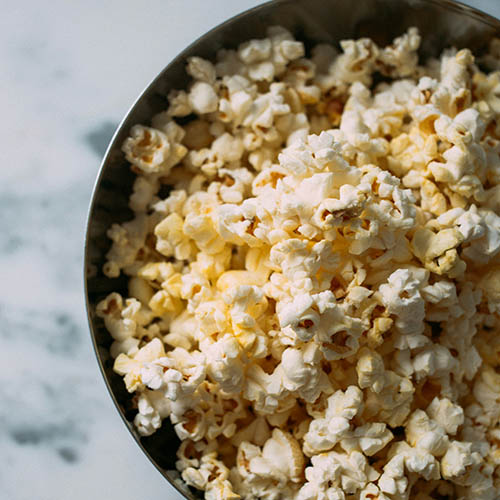
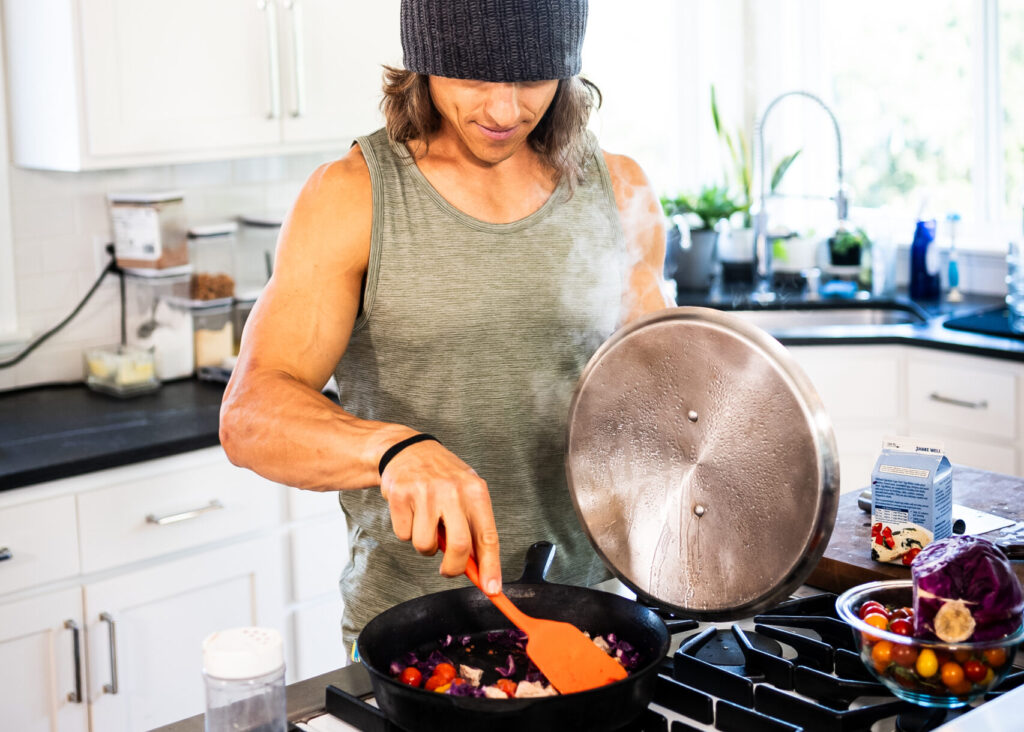
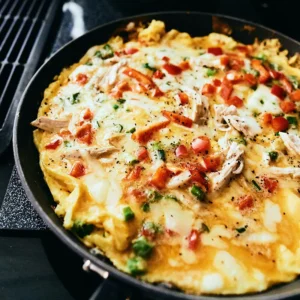
Volume Eating Sample Day
Let’s see what a sample day of volume eating looks like with 2200 calories, and 160 grams of protein.
Breakfast
- 300 grams egg whites
- 100 grams bell peppers
- 100 grams zucchini
- 45 grams non-fat cheese
- 30 grams of turkey pepperoni
- 2 slices white Bread
- 250 gram honey crisp apple
Snack
- 50 grams (kernel weight) air popped popcorn
- 10 grams cheddar powder sprinkle
Dessert
- 4 Girl Scout Thin Mint Cookies
Totals
- 2182 Calories
- 159 Protein
- 266 Carbs
- 50 Fiber
- 67 Fat
Lunch
- 115 grams grilled chicken breast
- 100 grams arugula
- 100 grams carrot
- 100 gram avocado
- 200 grams of wild rice
Dinner
- 115 grams Lean Turkey Burger
- 1 low calorie burger bun
- 50 grams Tomato
- 50 grams Onion
- 50 grams Lettuce
- 100 grams Pickle
- 30 grams low calorie mayo
- 30 grams Dijon mustard
- 300 grams Russet Potatoes (Cooked with 8 grams of Avocado Oil in the air fryer)
